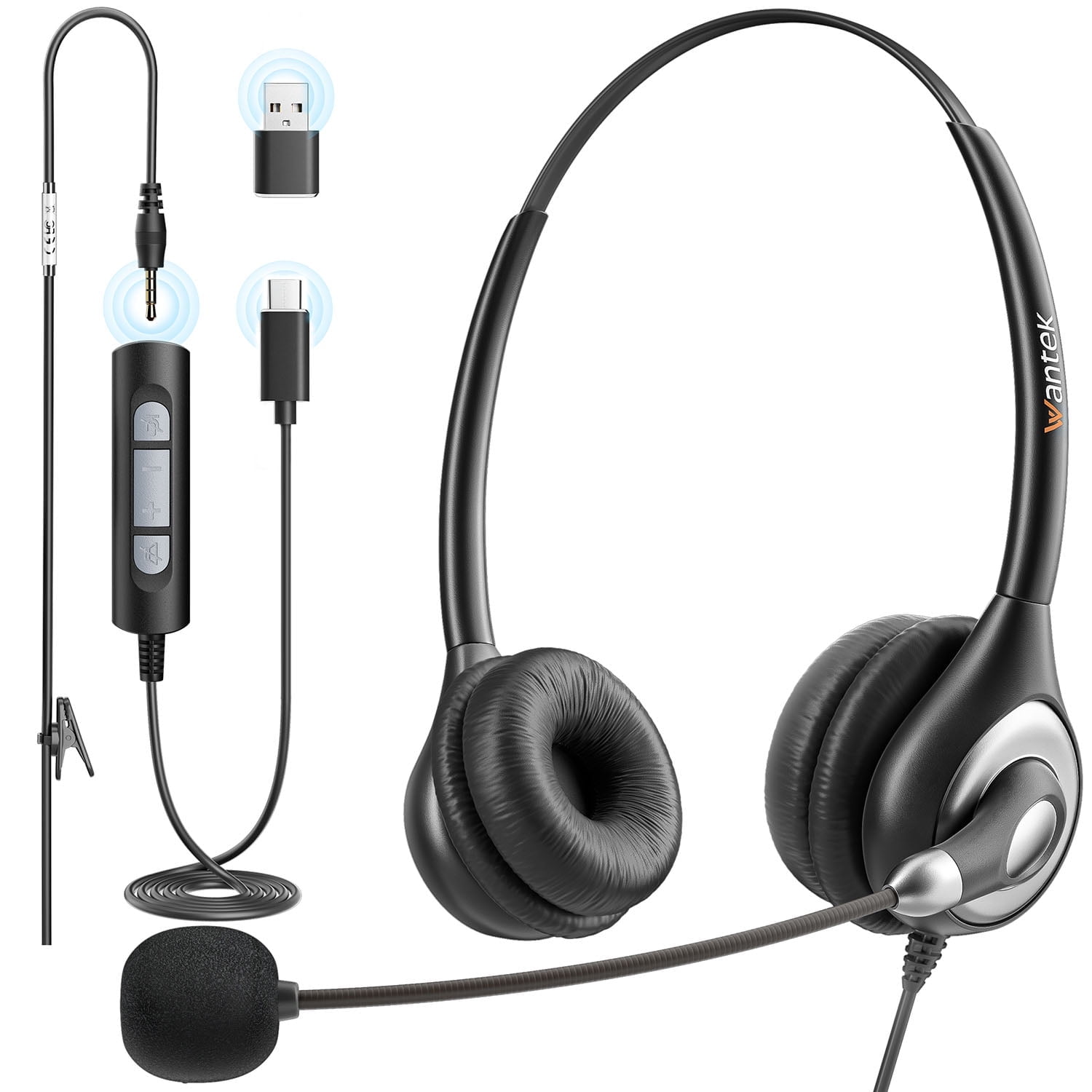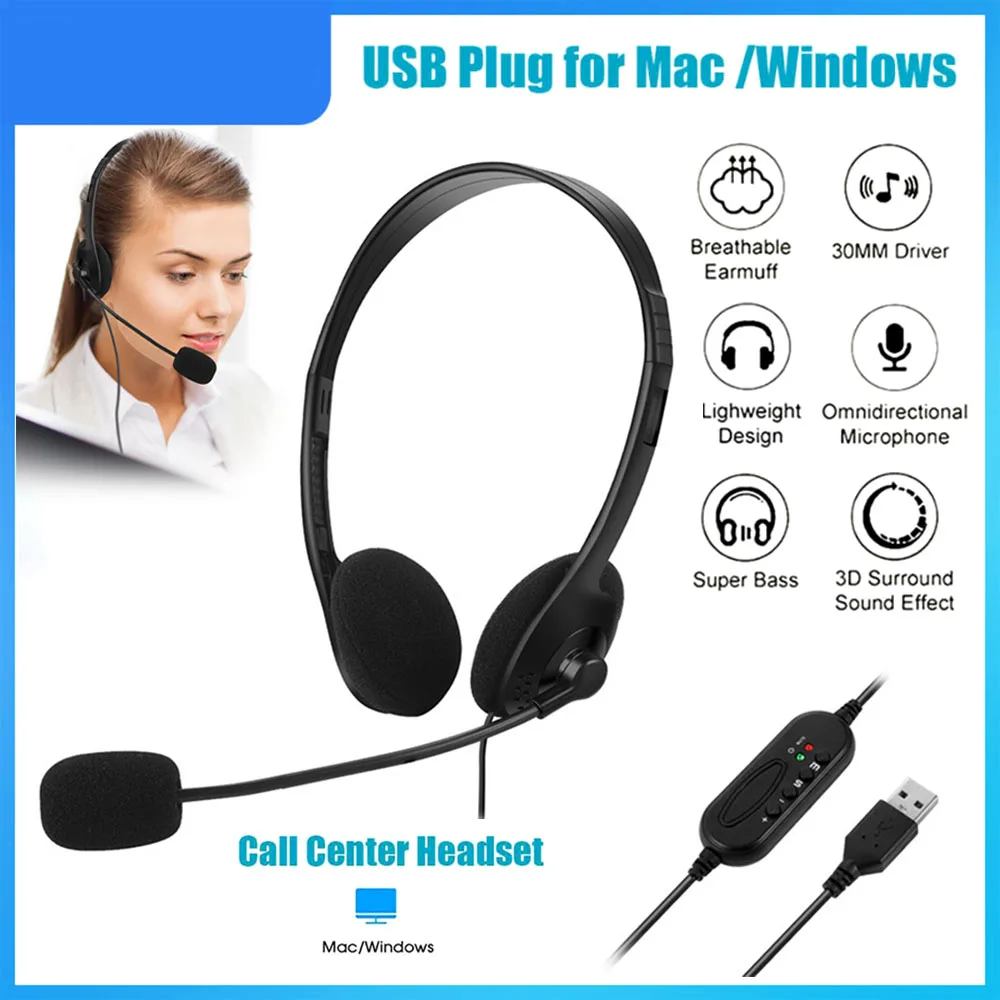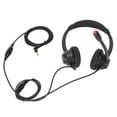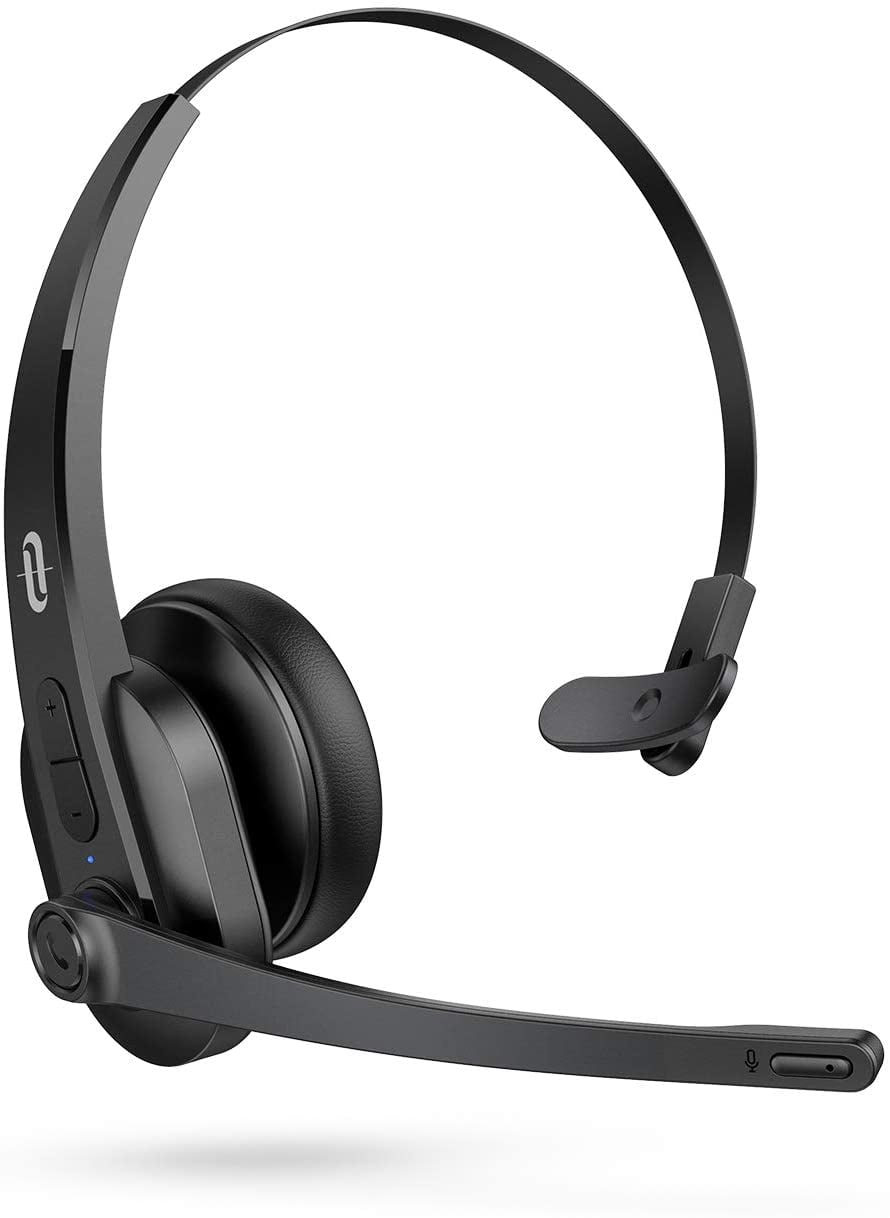Home Office Headset With Microphone

The hum of the refrigerator, the neighbor's lawnmower, the incessant barking dog – these are the new soundtracks of the modern office. As remote work solidifies its place in the professional landscape, the demand for tools that can effectively combat these distractions is surging. At the forefront of this technological arms race stands the humble, yet powerful, home office headset with microphone.
This seemingly simple device has evolved from a basic communication tool into a sophisticated instrument for productivity and professional presentation. Its impact stretches beyond mere convenience, influencing everything from employee morale and meeting effectiveness to a company's overall image. Understanding its role and choosing the right one has become critical for success in the new world of work.
The Rise of the Remote Work Headset
The COVID-19 pandemic undeniably accelerated the adoption of remote work. Pre-pandemic, only a small percentage of the workforce operated primarily from home. Data from the Bureau of Labor Statistics reveals a dramatic shift, with remote work figures skyrocketing in 2020 and remaining significantly elevated even as offices reopen.
This seismic shift created an urgent need for equipment that could replicate the professionalism and efficiency of a traditional office setting. Headsets with microphones emerged as a core component of this remote work toolkit.
The demand for these devices isn't just about eliminating background noise. It's about fostering clearer communication, reducing listener fatigue, and creating a more immersive and engaging virtual meeting experience. Plantronics (now Poly) and Jabra were early leaders, but many other companies now offer competitive solutions.
Key Features and Considerations
A plethora of options now exists in the home office headset market, making the selection process complex. Several key features and considerations can help guide consumers.
Noise cancellation is arguably the most important factor. High-quality headsets employ active noise cancellation (ANC) to neutralize ambient sounds, while others rely on passive noise isolation through well-designed earcups.
Microphone quality is equally crucial. Look for headsets with noise-canceling microphones that isolate the user's voice and minimize background distractions for listeners. Some high-end models feature advanced voice processing algorithms to further enhance clarity.
Comfort is another critical aspect, especially for users who spend hours wearing a headset. Features like adjustable headbands, padded earcups, and lightweight designs can significantly impact comfort levels. Battery life is also important for wireless headsets, ensuring uninterrupted use throughout the workday.
Connectivity options, such as Bluetooth and USB, offer flexibility and compatibility with various devices. Some headsets offer multipoint pairing, allowing users to connect to multiple devices simultaneously.
Impact on Productivity and Well-being
The right headset can significantly boost productivity. By reducing distractions and enabling clearer communication, headsets allow users to focus more effectively on their tasks.
According to studies, reduced background noise and clearer audio can also minimize stress and fatigue, leading to improved well-being. This is especially important for individuals who spend a significant portion of their day on virtual calls and meetings.
However, it's also important to consider potential downsides. Prolonged headset use can sometimes lead to discomfort or even ear strain. Taking regular breaks and adjusting headset fit can help mitigate these issues.
Future Trends and Innovations
The home office headset market is continuously evolving. Advancements in artificial intelligence (AI) are playing a significant role.
AI-powered noise cancellation is becoming increasingly sophisticated, capable of identifying and eliminating a wider range of background noises. Some headsets now offer real-time language translation capabilities, facilitating communication across language barriers.
Augmented reality (AR) integration is another emerging trend. While still in its early stages, AR headsets could potentially overlay virtual information onto the user's field of vision, enhancing collaboration and productivity. Companies like Meta are actively exploring these possibilities.
The continued refinement of bone conduction technology, which transmits sound through vibrations in the skull, may also offer a more comfortable and discreet alternative to traditional headsets.
A New Standard for Communication
The home office headset with microphone has become an indispensable tool for navigating the complexities of remote work. It’s no longer just an accessory; it's a fundamental requirement for professional communication and productivity.
As technology continues to advance, these devices will undoubtedly become even more sophisticated and integrated into our daily work lives. Investing in a high-quality headset is an investment in not only productivity but also well-being and professional success in the modern workplace.
The future of work is here, and the headset is helping to shape it, one clear conversation at a time.


















